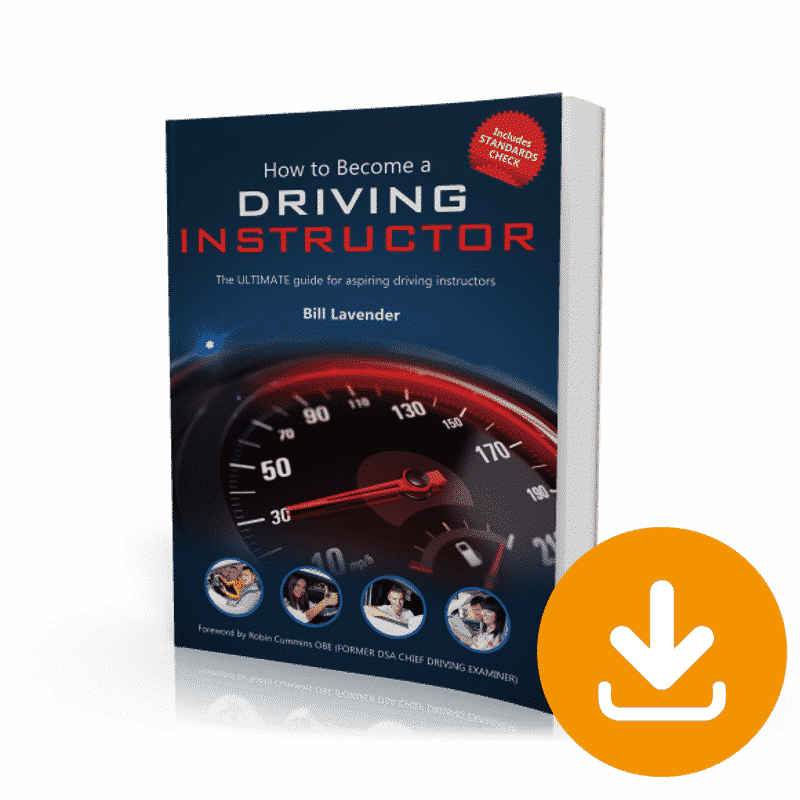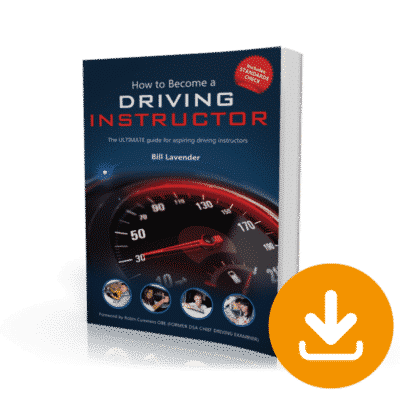Besides an interest in driving, the starting point has to be an even temperament and a personality to suit the work. Some instructors find it easier than others to be understanding, supportive and be capable of developing a good rapport with customers. Each learner driver has a different character and approach. You need to be patient – it’s not always easy to be the perfect driver and spend your time sitting next to someone who can’t drive!
As an ADI, it is very satisfying to consider that the skills you are teaching will provide a foundation for good driving throughout their motoring lives; making an important contribution to road safety.
The road to qualifying as an instructor can be a long one, taking at least a year from making the application. Studying and preparing yourself for each part of the ADI qualifying examination is likely to take up much of your time, it is also likely to involve the support of people who are close to you.
This guide hasn’t been written with the intention of promoting the driving instructor career. As in other professions, those who are already qualified will say that there are already enough practitioners in their respective business. It is meant as an independent and impartial guide for people interested in this career.
If you have already made your mind up about joining the profession, this guide is definitely for you. If you’re not yet sure, then this guide contains enough information to help you make your mind up. Many organisation are also listed that will be happy to give you advice and if you ask for it, their opinion.
ADIs are drawn from a very wide range of different backgrounds, representing just about every industry, business and profession that you can possibly think of. For some people, the profession can form a second income. The most common denominator is an interest in driving cars and motoring issues. Though the national television advertisements attracting redundant and unemployed workers with high-income promises have thankfully disappeared from our TV screens, the career still does have a vocational appeal for those who enjoy driving and feel that they can do a good job teaching people how things should be done properly.
If you are a “people-person” you will enjoy this work! If you like working on your own, you should also enjoy this work!
The majority of driving instructors are self-employed and work part time. Being your own boss means not having to report to someone else, which can be a really great feeling. You still need to be good with your time management; to keep your customers you will need to be reliable and punctual. In the long run, it might also be an opportunity to improve your work/life balance.
It is an advantage to manage the times that you want to work, though there can be some disadvantages, such as needing to work in the evenings or at weekends. You will need to find or make time to manage your financial accounts and arrange your own tax payments.










